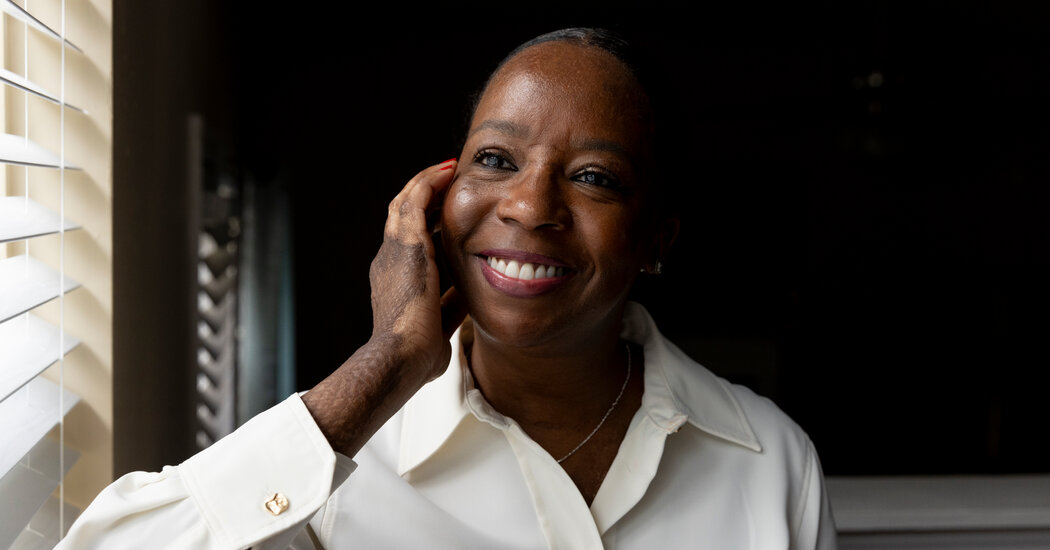The same qualities that make placentas so valuable during pregnancy make them profoundly useful for healing burns and wounds, too. So why do we throw so many away?
Marcella Townsend remembers looking around the kitchen in shock. In the silence just after the explosion, before the pain kicked in, she found herself almost in awe of the crushed stove and the caved-in cabinets.
“It was like Bigfoot had walked across the counters,” she said.
In the aftermath of a propane explosion at her mother’s house in Savannah, Ga., in 2021, Ms. Townsend spent more than six weeks in an induced coma in a burn trauma unit. She had second- and third-degree burns over most of her body, and her face had become unrecognizable.
Searching for a way to help her, surgeons turned to a rarely utilized tool: human placenta. They carefully applied a thin layer of the donated organ to her face, which Ms. Townsend said was “the best thing they could have done, ever.” She still has scars from grafts elsewhere on her body, but the 47-year-old’s face, she said, “looks exactly like it did before.”
During pregnancy, the placenta forms in the uterus, where it provides the fetus with nutrients and antibodies, and protects it from viruses and toxins. Then, it follows the baby from the body, still filled with a wealth of stem cells, collagens and cytokines that doctors and researchers have realized make it uniquely useful after birth, too.
Research has found placenta-derived grafts can reduce pain and inflammation, heal burns, prevent the formation of scar tissue and adhesions around surgical sites and even restore vision. They’re also gaining popularity as a treatment for the widespread issue of chronic wounds.
And yet, of the roughly 3.5 million placentas delivered in the United States each year, most still wind up in biohazard disposal bags or hospital incinerators. That flummoxes Ms. Townsend, who returned to her job as a surgical assistant with a new perspective. “I’m constantly in these hospitals that don’t donate or utilize the placental tissue,” she said. “I hear the obstetrician say, ‘I don’t need to send that to pathology or anything; just trash it.’ I cringe every time.”
